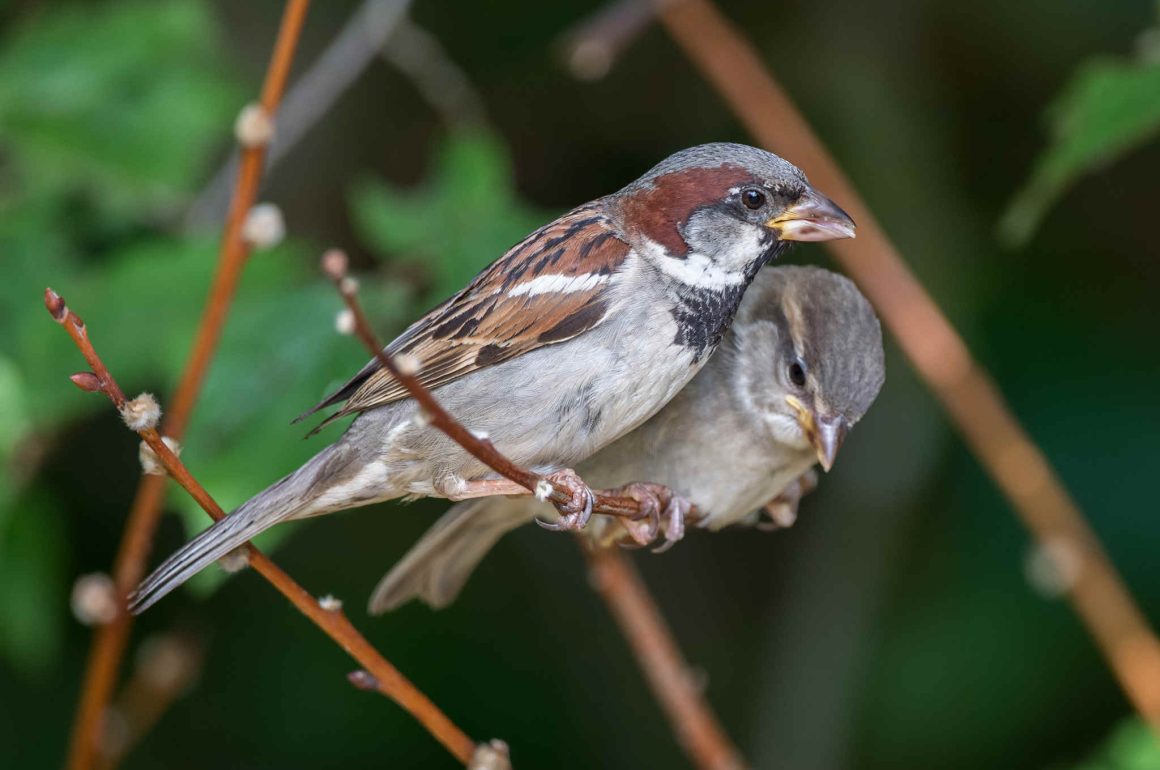
While the numbers are obviously only estimates, there are probably five wild bird species with more than one billion individuals:
- House Sparrow (1.6 billion, photo)
- Red-billed Quelea (1.5 billion)
- Common Starling (1.3 billion)
- Ring-billed Gull (1.2 billion)
- Barn Swallow (1.1 billion)
In total, it is estimated that there are about 50 billion wild birds, which gives you an average of about 5 million individuals for each species. But of course, that is wildly misleading, given the large numbers of the species listed above. 1180 species have fewer than 5000 individuals, according to the New Scientist. For some species, the numbers are still smaller – a Smithsonian Magazine article gives the oddly precise number of 377 individuals for the Great Spotted Kiwi.
Overall, only a few bird species are very common. For most others, a general rule applicable not only to birds applies: “Most species are rare. But not very rare“.
Main Sources: HBW, Smithsonian Magazine.







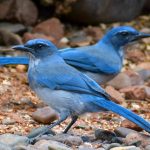
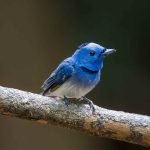
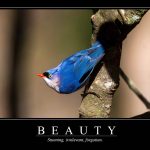
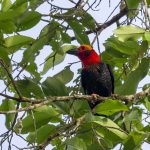
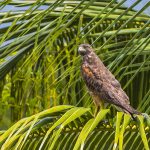
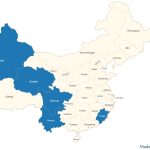
I would not have thought the Barn Swallow would be that common, but happy with that number nevertheless
Today we have a mass migration of Barn Swallows here in Georgia near the Black Sea coast (and mass of Hobbys). Barn Swallow in eastern Europe and western Asia are very common.